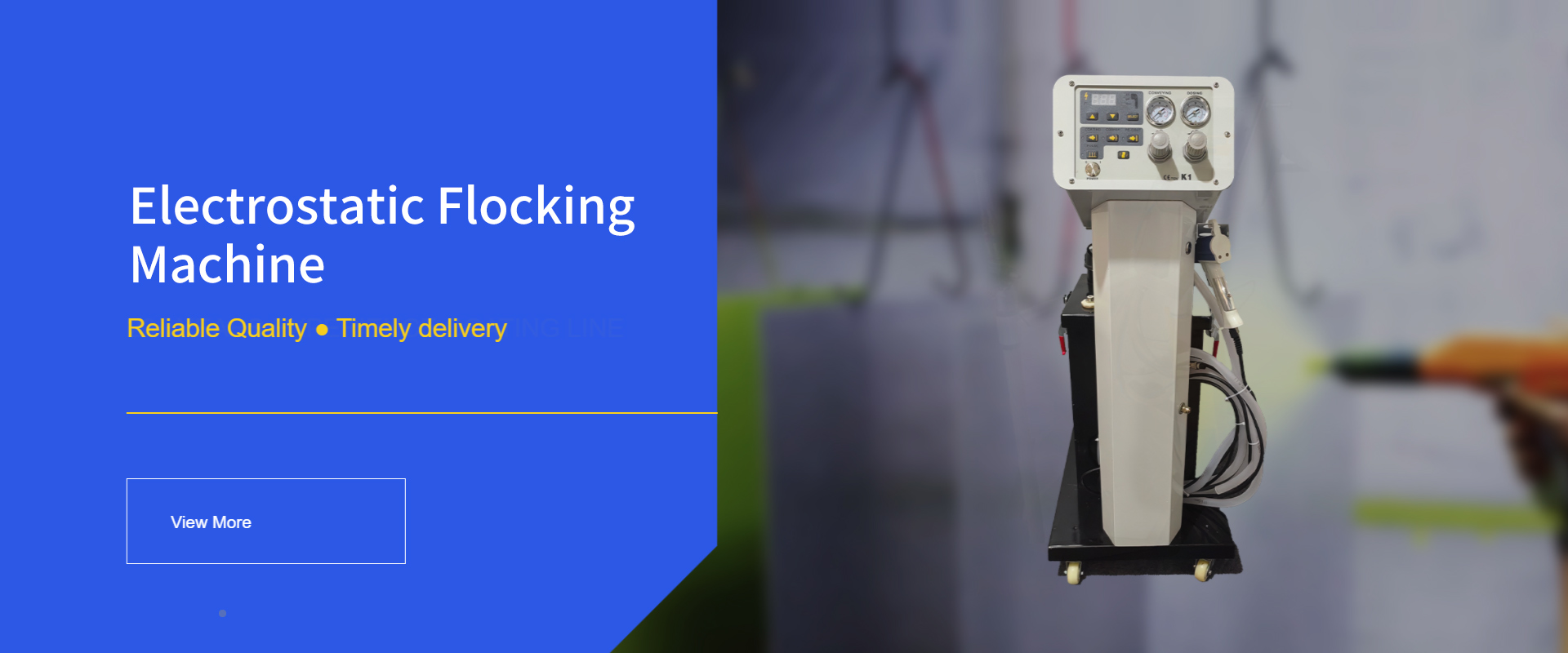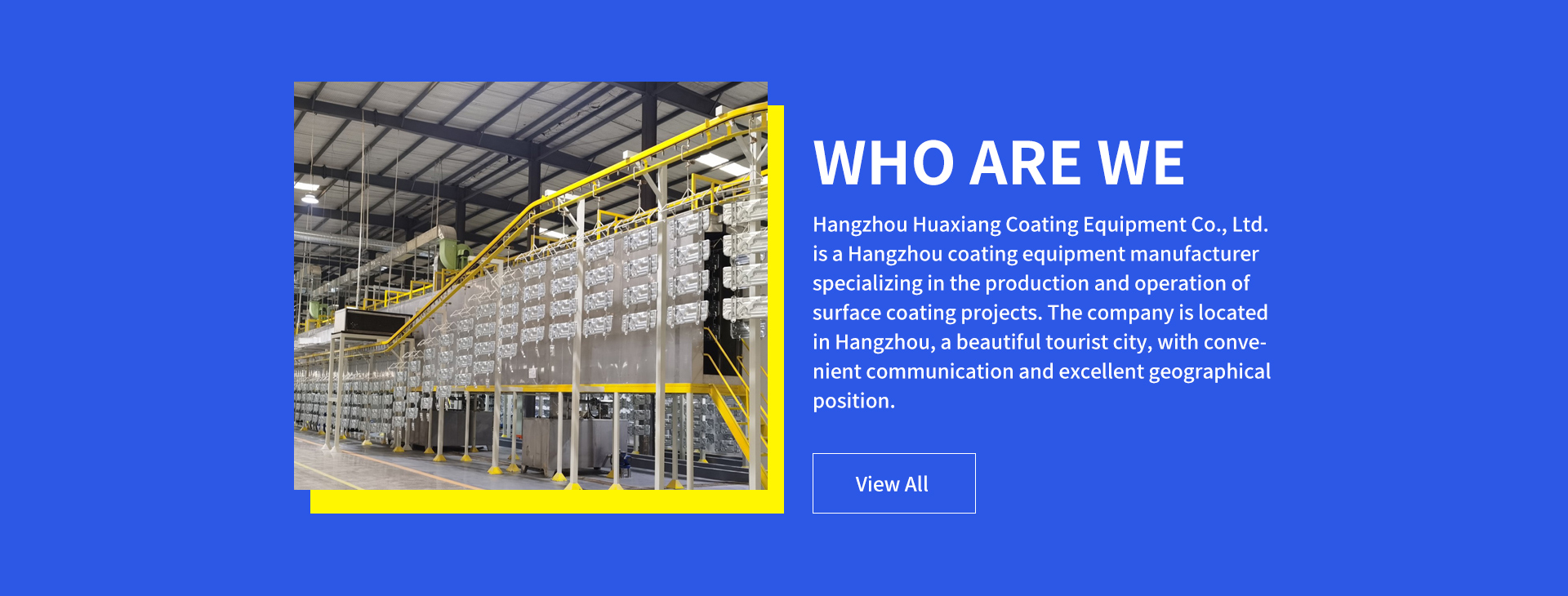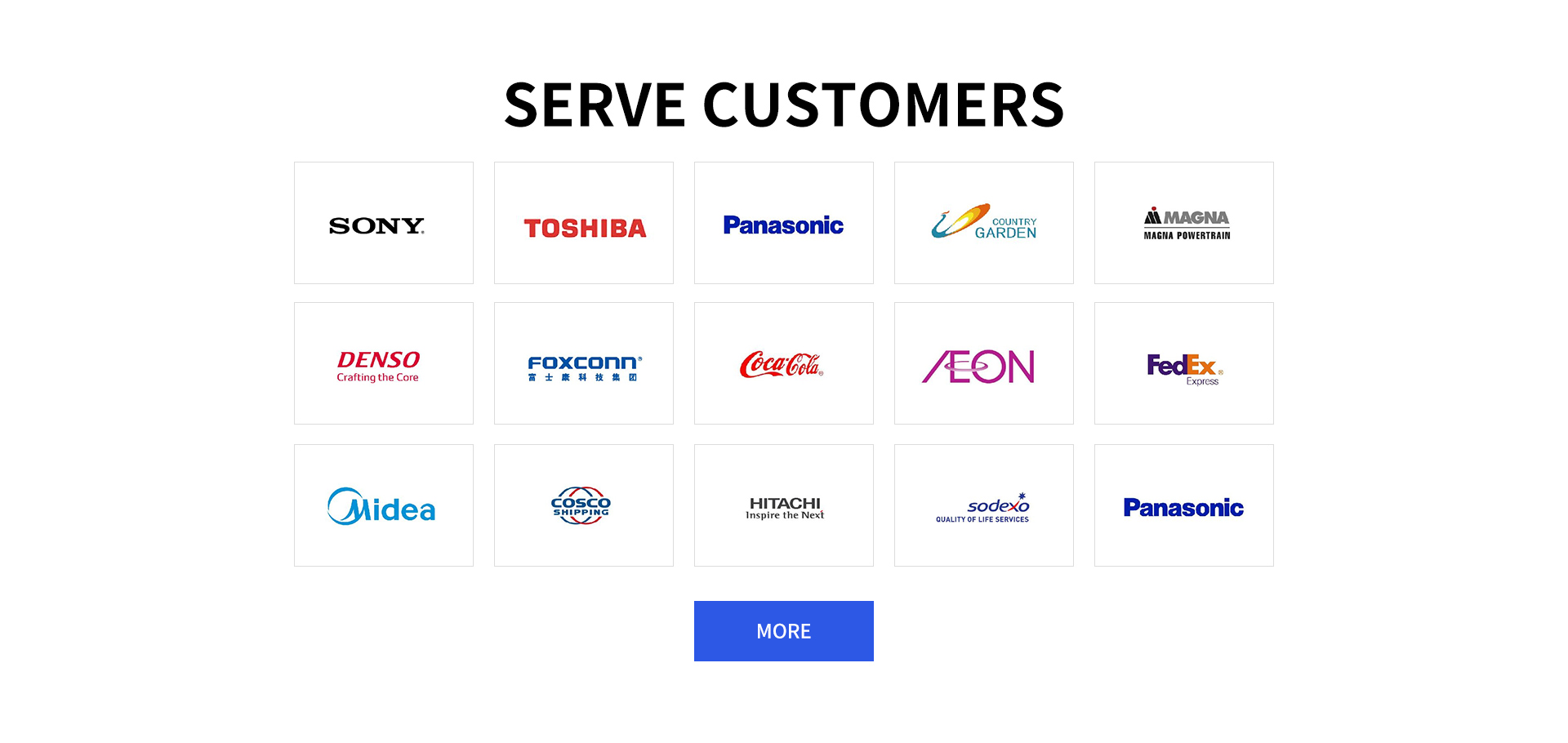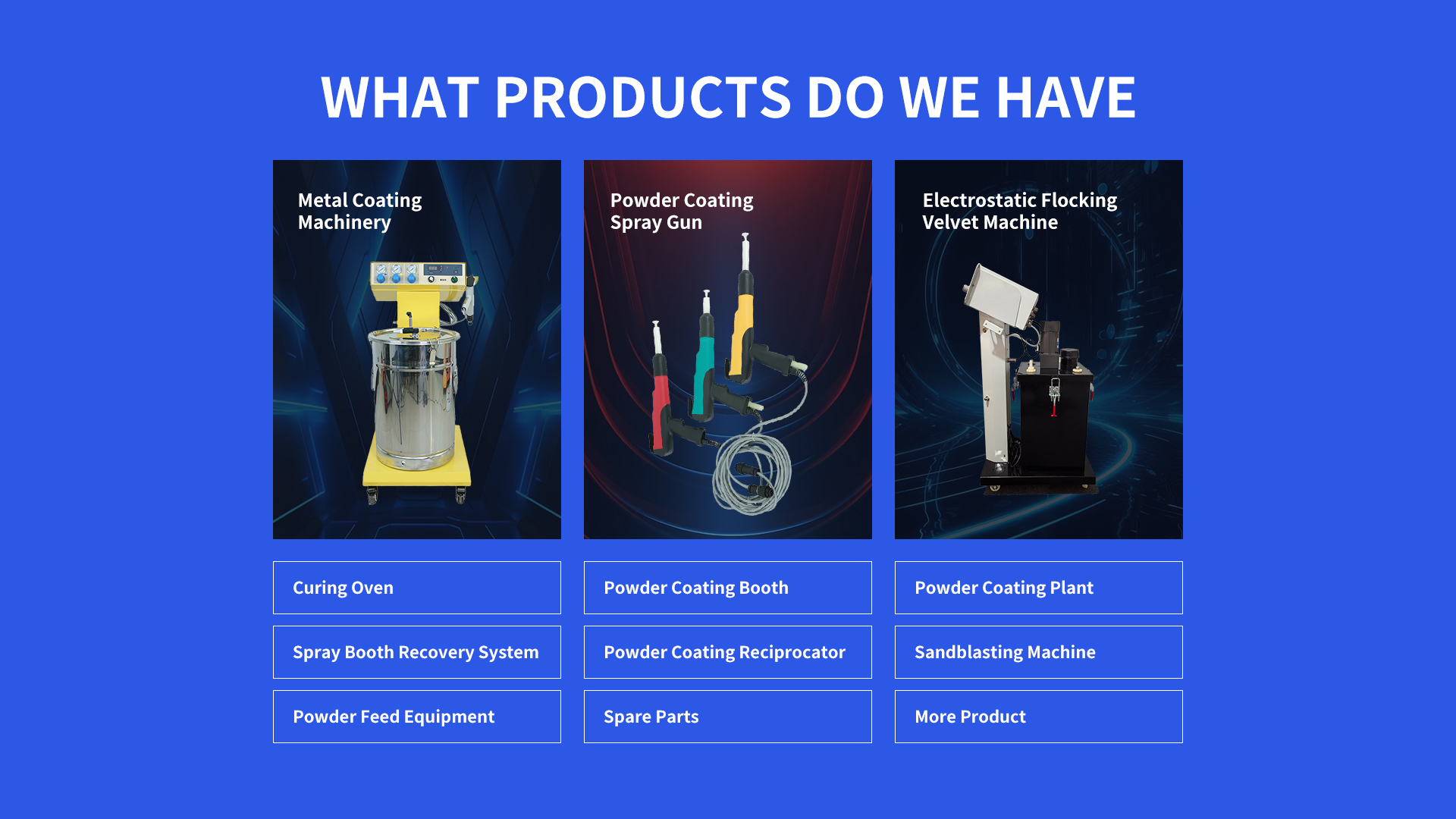Diy Powder Coating Equipment A Beginner-Friendly Guide for Home Projects
Diy Powder Coating Equipment demand grows as hobbyists and home users seek to refinish or customize metal items without hiring professionals. Prices range from (200 to )2,000: basic starter kits (with a small spray gun and mini oven) cost (200–)800, while advanced kits (with adjustable guns and larger curing units) run (800–)2,000. This demand rises because it lets users achieve professional-like finishes at home for less than half the cost of professional services.

Diy Powder Coating Equipment Coating Project Introductions
Diy Powder Coating Equipment works for countless home projects. It refinishes old bicycle frames, turning rusted bikes into sleek, scratch-resistant rides that hold up to outdoor use. Home gardeners use it to coat metal tools—shovels, rakes, and pruners—preventing rust from soil and rain. It customizes metal furniture, like chair legs or table bases, letting users match finishes to their home decor. It also refreshes children’s metal play sets, adding a safe, non-toxic layer that resists chips from rough play. Even small projects, such as coating metal keychains or vintage hardware, benefit from its easy-to-use design.
Diy Powder Coating Equipment Coating Surface Treatment Process Technology
The coating surface treatment process with
Diy Powder Coating Equipment is simple enough for beginners. Start with degreasing: use a household degreaser (or dish soap and hot water) to remove oil, dirt, or grime from the metal surface—scrub with a brush for tough spots, then rinse and dry. Next, remove rust or old paint with 120–220 grit sandpaper; for stubborn rust, use a small handheld sandblaster (often sold as an add-on for DIY kits). A DIY-friendly phosphate spray can be applied to boost powder adhesion—let it dry for 10–15 minutes. Then, use the kit’s spray gun to apply the powder, and cure the item in the mini oven (set to 350–400°F) for 10–20 minutes, depending on the powder type.
Diy Powder Coating Equipment What It Is
Diy Powder Coating Equipment refers to compact, user-friendly systems designed for home and hobby use. Unlike industrial powder coating setups, it is scaled down to fit small spaces (garages, workshops, or even kitchen countertops). It includes all core components needed for powder coating: a lightweight electrostatic spray gun (low-voltage, safe for home use), a small powder feeder (to hold and feed powder to the gun), and a tabletop curing oven (electric, with simple temperature controls). It uses dry powder coatings (resin + pigments) that melt and harden during curing, creating a durable, smooth finish—no solvents or messy liquid paint required.
Diy Powder Coating Equipment Components Explained
Portable Electrostatic Spray Gun: Lightweight (under 1 pound) and ergonomic, this gun uses low voltage (10–18 kV) to charge powder particles—safe for beginners. It has easy-to-turn knobs for adjusting powder flow and air pressure, so users can control coating thickness. Most models plug into a standard 110V outlet and come with a short, flexible tube to connect to the powder feeder.
Mini Powder Feeder: A small, transparent container (holds 0.25–1 pound of powder) that attaches to the spray gun. The transparent design lets users see when to refill, and it disassembles easily for cleaning. It uses gravity or low air pressure to feed powder to the gun—no complex mechanics, so beginners won’t struggle with setup.
Tabletop Curing Oven: Sized for small items (1–2 cubic feet), this electric oven fits on a workbench or shelf. It has a digital thermostat (adjustable from 200–450°F) and a built-in timer, so users can set curing times without guessing. Most models have a removable rack to hold items (like bike parts or tools) and a see-through door to monitor the curing process.
Diy Powder Coating Equipment Advantages
Diy Powder Coating Equipment offers key benefits for home users. It is affordable: refinishing a bike frame at home costs (15–)30 in powder, versus (100–)200 from a professional. It is easy to learn: most users master basic operation in one or two projects, thanks to simple controls and clear instructions. It saves space: all components store in a small bin or cabinet, perfect for garages or apartments with limited room. The coating it produces is durable—thicker and more scratch-resistant than spray paint—so items last longer. It is also eco-friendly: powder contains no solvents, and excess powder can be swept up and reused, cutting down on waste.
How to Choose the Right Diy Powder Coating Equipment for Home Bike Refinishing
When choosing Diy Powder Coating Equipment for home bike refinishing, first check the oven size—ensure it can fit your bike frame (look for ovens at least 18 inches long and 12 inches wide). Opt for a spray gun with adjustable powder flow: bike frames have curved areas, so you’ll need to tweak flow for even coverage. Look for kits that include a small sandblaster (or are compatible with one) to remove old paint from bike frames. Check if the equipment works with polyester powder—this type resists UV rays, so your bike’s finish won’t fade in sunlight. Read user reviews to confirm the oven maintains consistent temperature: uneven heat can cause bubbling on bike frames.
How to Use Diy Powder Coating Equipment to Refinish Metal Garden Tools
To refinish metal garden tools with Diy Powder Coating Equipment, start by disassembling the tool (remove wooden handles if possible—they can’t go in the oven). Clean the metal part with degreaser: let it sit for 5 minutes, then scrub with a wire brush to remove oil or dirt. Sand the tool with 180-grit sandpaper to remove rust—focus on areas where rust is thick, like shovel blades. Wipe the tool with a lint-free cloth to remove sanding dust. Fill the feeder with epoxy-based powder (great for rust resistance) and adjust the spray gun to medium powder flow. Hold the gun 6–8 inches from the tool, spraying in smooth, overlapping strokes—cover the entire surface with a thin, even layer. Place the tool in the oven at 380°F for 15 minutes. Let it cool for 30 minutes before reattaching the handle.
How to Ensure Safety When Using Diy Powder Coating Equipment in a Garage
Safety when using Diy Powder Coating Equipment in a garage starts with ventilation: open garage doors and windows, or set up a box fan to blow air out (powder dust can irritate lungs). Wear a N95 dust mask (to avoid inhaling powder) and nitrile gloves (prevents powder from sticking to skin). Keep the curing oven at least 3 feet away from flammable items—gas cans, rags, or cardboard—and never leave the oven unattended while it’s on. Ground the spray gun: most DIY kits include a ground clamp—attach it to the metal item you’re coating to prevent static shocks. After use, sweep up excess powder with a broom (do not vacuum—powder can clog vacuums or create a fire risk) and store powder in a sealed container away from heat.
How to Maintain Diy Powder Coating Equipment for Long-Term Use
Maintaining Diy Powder Coating Equipment keeps it working well for years. Clean the spray gun after every use: disconnect it from power, remove the powder tube, and blow compressed air (from a small handheld compressor) through the nozzle to clear leftover powder. Wipe the gun body with a dry cloth—never use water, as it can damage the electrical parts. Empty the powder feeder and brush its interior with a soft-bristle brush to remove powder residue—this prevents clogs next time you use it. For the curing oven, wait until it cools completely, then wipe the inside with a damp cloth to remove any stuck-on powder. Check the oven’s heating element every 6 months: if it looks discolored or frayed, replace it (replacement elements are cheap and easy to install for DIY kits). Store all components in a dry place—garages can get humid, so a plastic bin with a lid works well to prevent rust.
How to Troubleshoot Uneven Coating with Diy Powder Coating Equipment
If Diy Powder Coating Equipment produces uneven coating, start with the spray gun distance: holding it too close (under 4 inches) causes thick, drippy spots, while holding it too far (over 10 inches) leads to thin, patchy coverage—stick to 6–8 inches. Next, check the powder flow: if the gun sputters, the feeder might be clogged—disassemble the feeder and brush out any clumps. If the coating is thin in some areas, the powder might be old or clumpy—sift it through a fine-mesh strainer before putting it in the feeder. Another cause is a dirty surface: if you skipped degreasing or sanding, powder won’t stick evenly—reclean and resand the item, then try again. If the oven temperature is too low, powder won’t cure properly, leading to uneven texture—use a separate thermometer to verify the oven’s reading (some DIY ovens have slight temperature variations).
Disclaimer: Enhance your coating process with advanced electrostatic powder coating machines, precision powder coating spray guns, comprehensive powder coating systems, and efficient powder coating lines from Hangzhou Huaxiang Coating Equipment Co., Ltd. Designed for reliability and high-quality finishes, our solutions meet all your industrial powder coating machine needs. Contact us at gezx@cncolourspray.com












